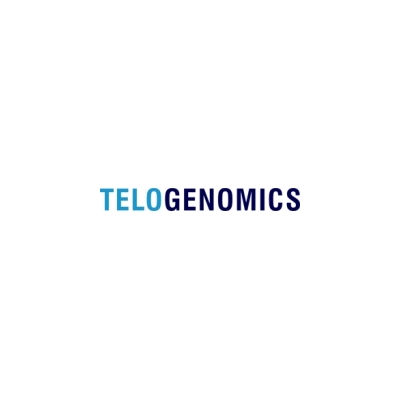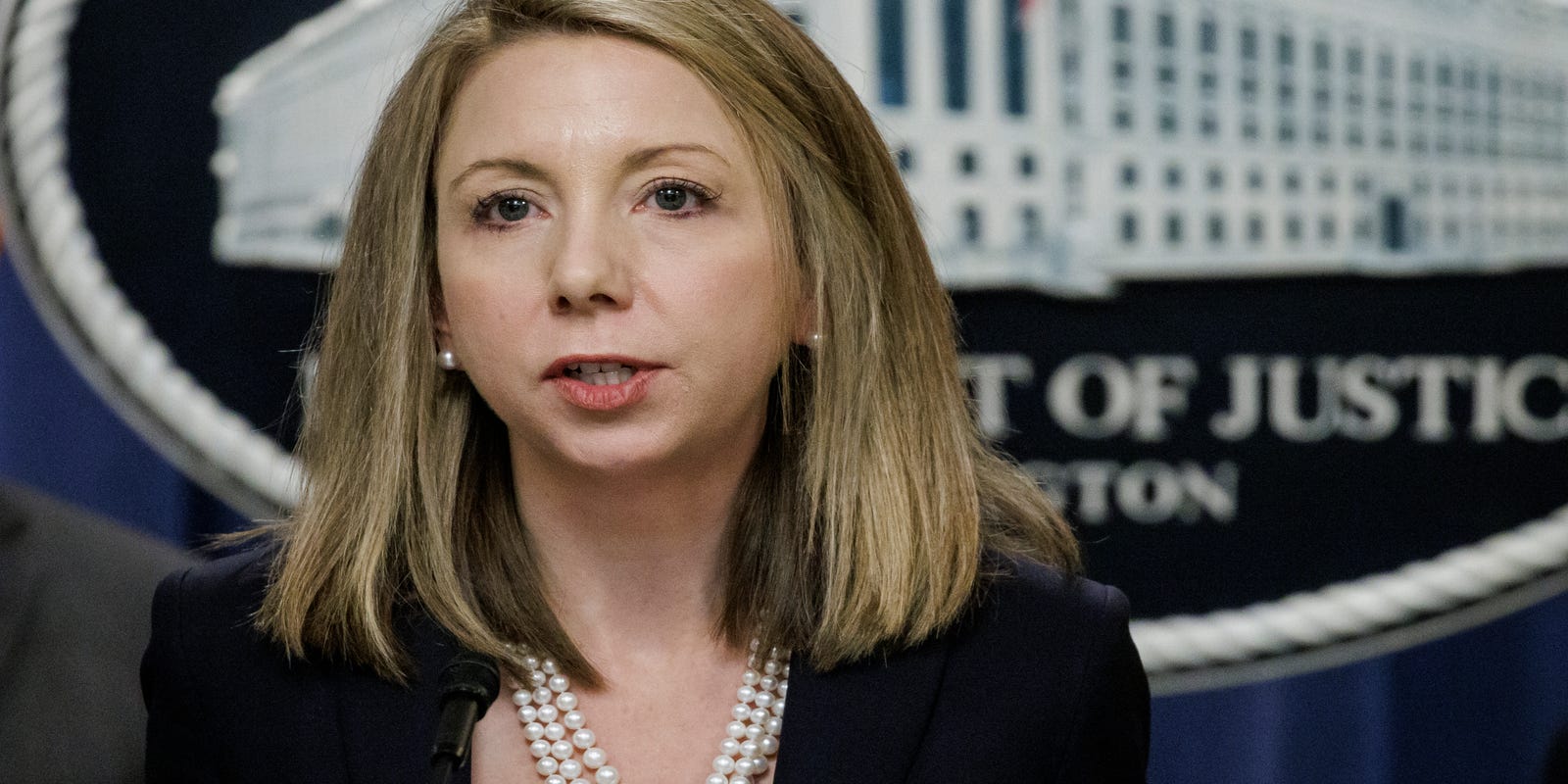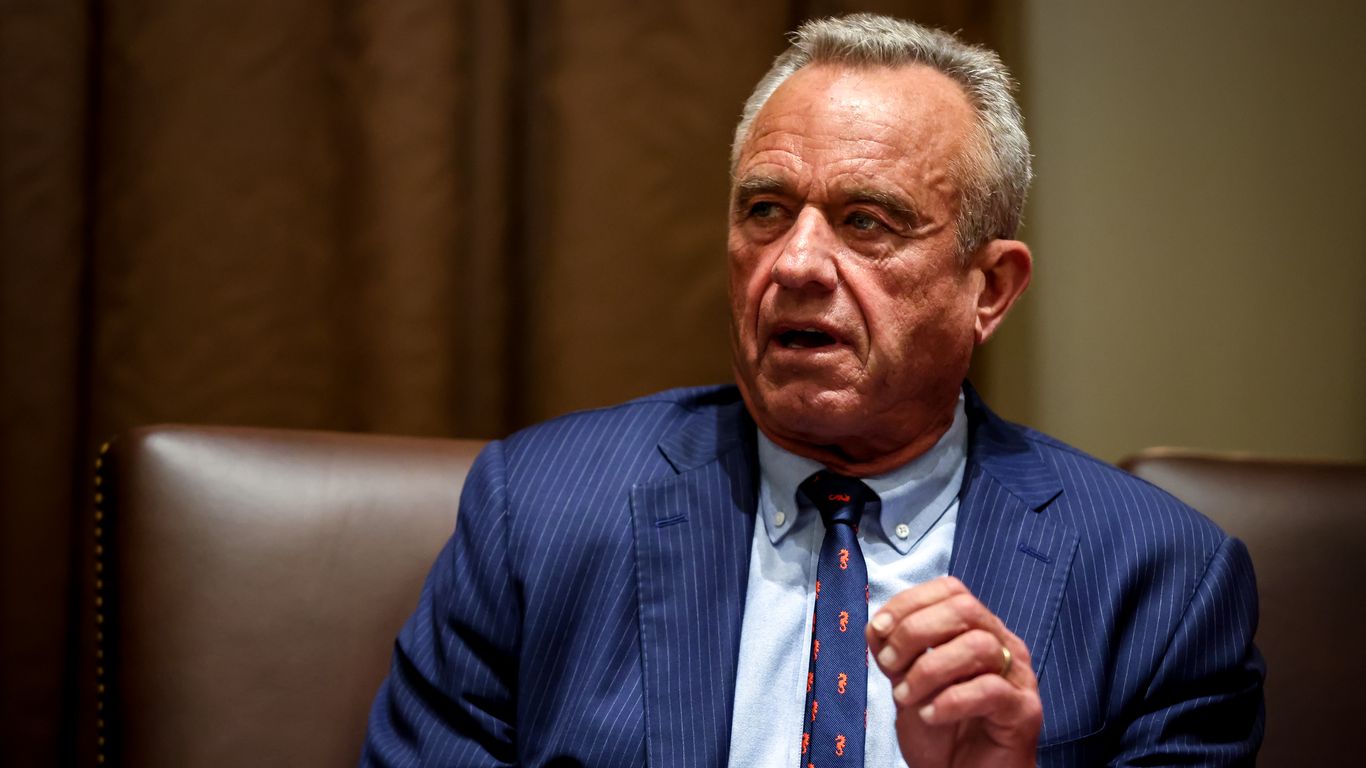Health Insurance Premiums Skyrocket: The Shocking Surge Explained

Brace Yourself: Health Insurance Premiums Set to Surge for Working Americans
Employees across the United States are facing the most significant health insurance rate increases in over a decade, signaling potential financial strain for millions of workers. As employers grapple with rising healthcare costs, workers can expect substantial jumps in their insurance premiums for the upcoming year.
The anticipated rate hikes are expected to be the largest since 2010, reflecting a complex landscape of medical inflation, post-pandemic healthcare demands, and escalating treatment costs. For the average working-age American, this means potentially hundreds of additional dollars in annual healthcare expenses.
Experts attribute the dramatic increase to several key factors, including:
• Continued recovery costs from the COVID-19 pandemic
• Rising pharmaceutical and medical treatment expenses
• Increased demand for specialized healthcare services
• Ongoing healthcare system infrastructure investments
While employers are likely to absorb some of these increases, workers can anticipate higher monthly contributions and potentially more out-of-pocket expenses. Financial advisors recommend that employees carefully review their upcoming insurance plans and budget accordingly.
As healthcare costs continue to evolve, this significant premium increase serves as a stark reminder of the ongoing challenges in the United States' healthcare ecosystem.








